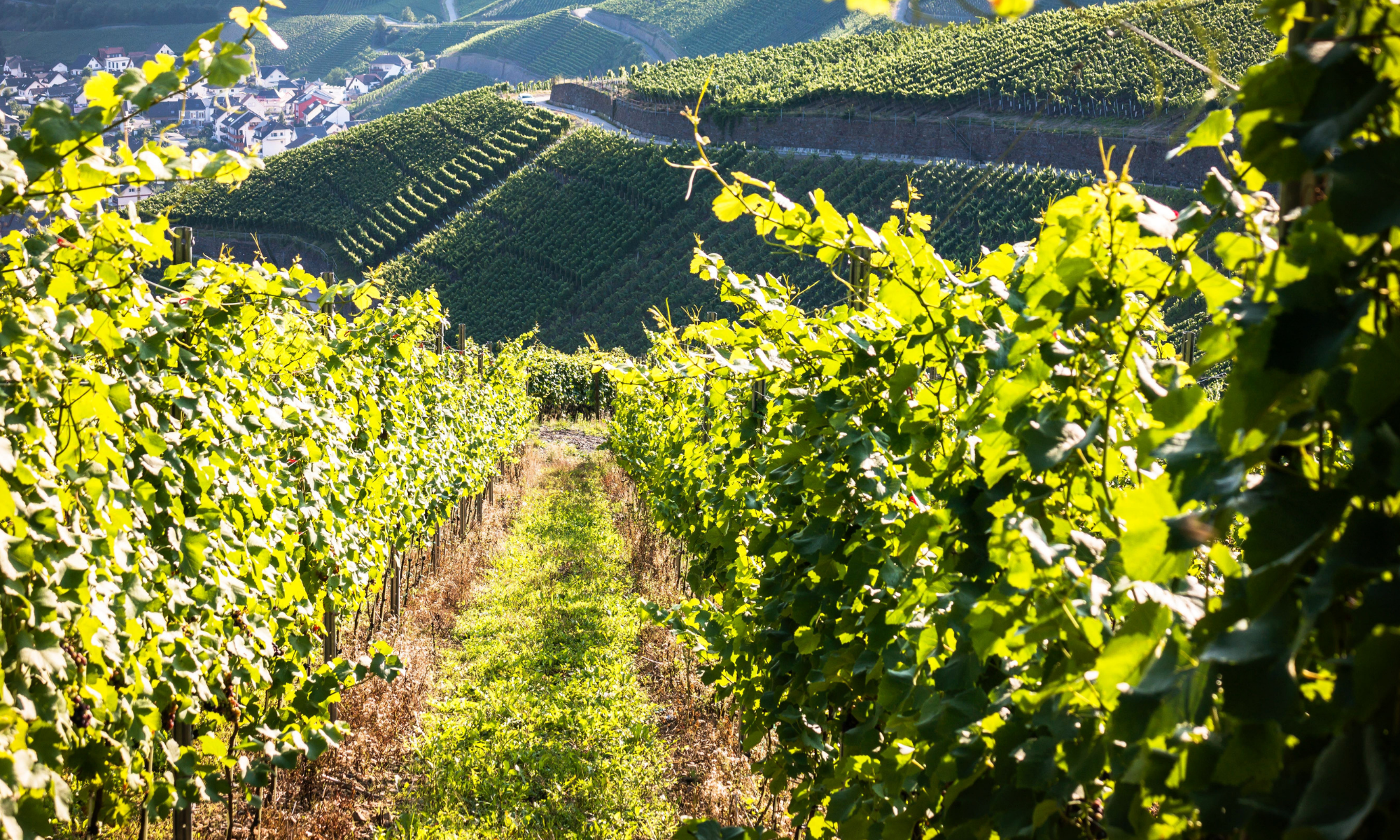At Growing With Science blog today we are featuring The Nest That Wren Built by Randi Sonenshine and illustrated Anne Hunter. It has appeared on more than one “Best of 2020” list.

This gently rhyming book about Carolina wrens building a nest follows the style of “The House That Jack Built.”
This is the bark, snippets of twine,
spidery rootlets, and needles of pine
that shape the nest that Wren built.
The text goes into detail about how the wrens gather materials to make the nest. Some of the ingredients are expected, like soft moss for a lining the inside. Others are very surprising, like draping a snakeskin on the outside (to ward off predators). After the nest is built, the story follows the eggs and baby birds through development.
Anne Hunter’s illustrations are a fascinating combination of whimsical and realistic. Young readers will have fun looking for little things hidden in each page.
The back matter includes a glossary and additional interesting facts about wrens.
The Nest That Wren Built will enchant nature lovers, especially budding ornithologists. Surprise yourself with a copy today.
Cindy and Lynn reviewed The Nest That Wren Built earlier at Nonfiction Monday.
Visit Growing with Science for more information and related STEM activity suggestions.

Copyright © 2021 Roberta Gibson All Rights Reserved.










